Lateran Palace Opens to Visitors
From December 13 It Will Be Possible to Visit Ten Rooms, the Papal Apartments and Other Jewels of the Historic Papal See
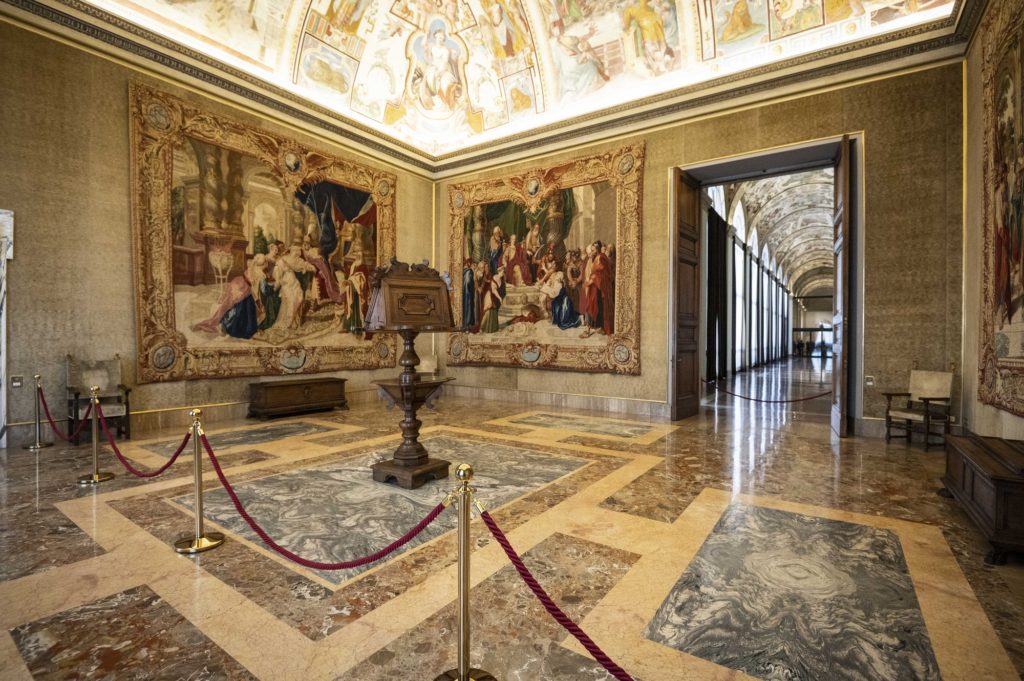
Beginning December 13, the Lateran Palace will open its doors to visitors. Almost three thousand square meters, ten rooms, the papal apartment, the private Chapel, the monumental grand staircase that leads directly to the Basilica of Saint John Lateran, and the table of the signing of the Lateran Pacts, the “Lateran Palace, House of the Bishop of Rome,” will surprise the visitor. A completely new exhibition, a safe course, accessible to all, which traverses the first floor of the Apostolic Palace. The entrance will be from the Square of Saint John’s Gate [Porta San Giovanni], next to the Cathedral of Rome. It will be possible to access the site only with guided visits, in groups of a maximum of 30 people. They will be accompanied by the Missionary Sisters of Divine Revelation, who for years have promoted art and faith itineraries in Rome.
The Pope’s Suggestion
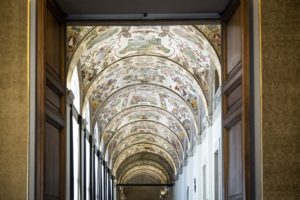
It was Pope Francis who suggested the revitalization of the Lateran Palace, which for centuries was the residence of Popes — before the Vatican. In a letter dated last February 20, addressed to the Cardinal Vicar Angelo De Donatis, the Holy Father wrote: “In the course of centuries the Church has always worked to promote what is the fruit of the genius and mastery of the artists, often testimony of experiences of faith and as instruments to give honor to God. This is not only out of love of art but also to safeguard the cultural patrimony in face of challenges and dangers, which would have deprived it of its function and value.
Such special responsibility, accompanied by the attentive solicitude in considering places, buildings, and works expressions of the human spirit and integral part of the culture of humanity, made it possible for my Predecessors to pass them on to the different generations and work hard to preserve them and to make them available to visitors and scholars. A task that also today commits the Bishop of Rome to make available the beauty and the importance of the Goods and of the artistic patrimony entrusted to his guardianship.
Share Such a Great Good, Says Cardinal De Donatis
“We know well the profound meaning of this place and it would truly have been a sin not to open it to the public. Such a great good is to be shared, to be offered to others,” stressed Cardinal De Donatis. “John XXIII was very attached to this place and he really wanted to come and live here. For some time, Pope Francis has signed all his documents from the Lateran, to highlight the bond with the place that guards the Chair of the Bishop of Rome,” he added.
Evangelize with Art
The Missionaries of Divine Revelation will accompany the visitors. “It’s a great privilege and a great honor for us to carry out this service of evangelization through art. An exciting journey through the pages of the Church’s history will take place inside the Lateran Palace. Here art and faith are intertwined in a luminous fruitfulness, which is able to transmit wonder, wisdom, and beauty to the different generations,” commented the Missionaries.
A History That Goes Back to the 4th Century
The history of the Lateran Palace goes back to October 28, 312, when Constantine’s troops defeated Maxentius at the Milvian Bridge. Pope Miltiades I was on Peter’s throne. It was to him that Constantine donated the area and the buildings that once belonged to the ancient family of the Laterani.
“Constantine granted freedom of worship with the Edict of Milan in 313, and he became promotor of the building of places of worship for Christians that, up to that time, had professed their faith in the midst of intolerance and persecutions.
The Basilica of the Most Holy Saviour, which later would also be dedicated to Saints John the Baptist and the Evangelist, was the only one not built on the sepulcher of a martyr but rather as ex voto suscepto (for grace received), on the remains of the Castra Nova Equitum Singularium, barracks of the Praetorians of Constantine’s rival, Maxentius. The Basilica was consecrated on November 9, 318, and was dedicated to the Most Holy Saviour by Pope Sylvester I. Annexed to it, later in addition to the Baptistry was the Partriarchium, known as the ‘House of the Bishop of Rome.”
Popes’ Residence for a Thousand Years
In the course of the centuries, these places suffered damage, hardship, and looting. Their greatest splendor goes back to the Medieval period, under Innocent III and Boniface VIII. The Palace covered the function of the Popes’ residence for close to a thousand years, except for the brief Viterbo period. On their return, after the “Avignon captivity” (1309-1377), the Pontiffs preferred other residences (Quirinale and Vatican). However, the Palace continued to keep intact the prerogative of Patriarchium. In fact, all Popes once elected to the papal throne take possession of them in the Lateran.
The urbanistic requalification of the whole complex happened by the will of Pope Sixtus V (1585-1590). In just five years of pontificate, he initiated a series of restructuring operations and built in the surrounding area and in the whole city. In the end, however, Sixtus V was able to stay at the Lateran only one year and all his Successors chose the Vatican as their residence.
Translation by Virginia M. Forrester
Related
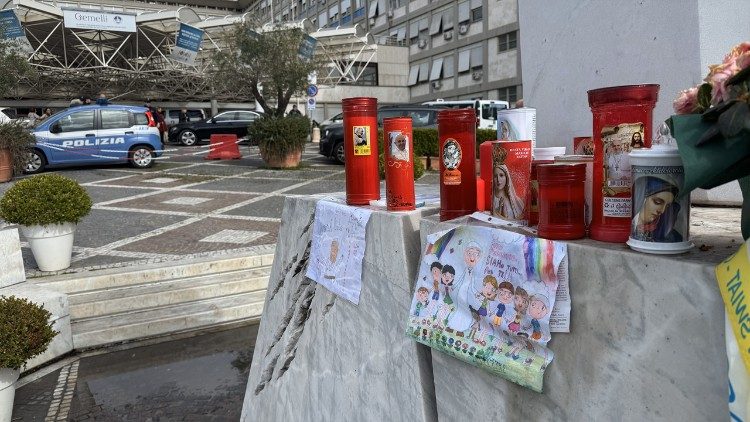
Pope Francis spent a peaceful night
Exaudi Staff
02 March, 2025
1 min
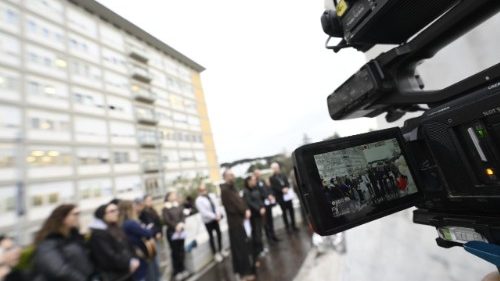
Pope Francis has had a peaceful night
Exaudi Staff
25 February, 2025
1 min

What should the boyfriend or girlfriend I should find be like?
Patricia Jiménez Ramírez
24 February, 2025
4 min
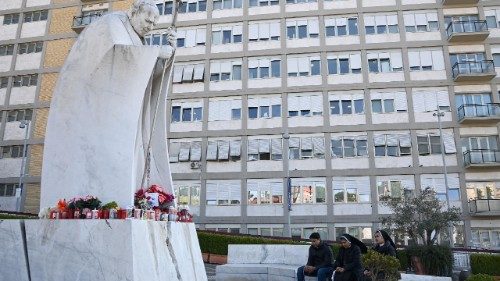
The Pope spent a quiet night at Gemelli
Exaudi Staff
23 February, 2025
1 min
 (EN)
(EN)
 (ES)
(ES)
 (IT)
(IT)

